I’m sure you’ve realized by now that I like to travel a lot, both internationally and domestically. And the thing that I love about traveling is that you never know what it’ll bring. While plans, schedules, itineraries, etc. are important, more often than not the fun comes from the spontaneity of a place!
However, in order to have the perfect trip, you have to have to start with the perfect plan. Even if that plan consists of nothing.
I’d like to say that I’m a pretty spontaneous person. I like a day of nothing just as much as a day of plans! When I’m traveling I tend to follow this concept, which if you’ve been following me for a while, you’ve absolutely heard me say: “over-prepare, then go with the flow.”
Not to say that is the rule with packing, but it’s a must with planning! It is so much better to have options and not use them, than not have options and waste time and energy trying to come up with some!
Now, I realize that sometimes that can be overwhelming. But that’s why I am here to teach you how to figure it all out, I mean honestly, this is genuinely what I do in my free time so hopefully, that means something.
PS – I created a version of this for those looking for independent travel help and/or my Semester at Sea itineraries and plans. If you want to check that out, you can find it HERE.
So, let’s jump right in shall we?
Step 1: The Basic Questions You Should Answer
This is what you should start with to get a better understanding of what you have to work with! Figure out what works for YOU, what does YOUR perfect trip consist of?
1. How much do I have to spend?
Are you looking for a cost effective trip or is this your once-in-a-lifetime trip that you’re willing to spend more on? There is no wrong answer here, but what you’re willing to spend changes the types of options you have (ie. a hometown staycation vs luxury yacht trip if you know what I mean).
2. What kind of trip do I want?
There are different kinds of trips, so consider what you want (and maybe need). Do you want to lay on the beach for five days and have drinks brought to you so you return home relaxed and with a tan? Or do you want to scale the side of a mountain so you can cook your food over a fire and you return home just as tired, but with a cool adventurous story?

3. How long do I have?
It is important to determine if you’re looking for a weekend trip or something longer. This helps narrow down your options.
4. How far do I want to go? Or how far can I go?
Based on how you answered the previous questions this should be pretty clear. As in, is this a weekend trip in my state or a two week trip to Europe? In terms of how far can I go, it’s more of asking what am I capable of? If you don’t like flying or can’t, planning a trip to Australia from the US may not be your best option. Similarly, make sure you consider things such as a passport for traveling internationally or the need for a visa. If you don’t have a passport and can’t get one, that would limit you!
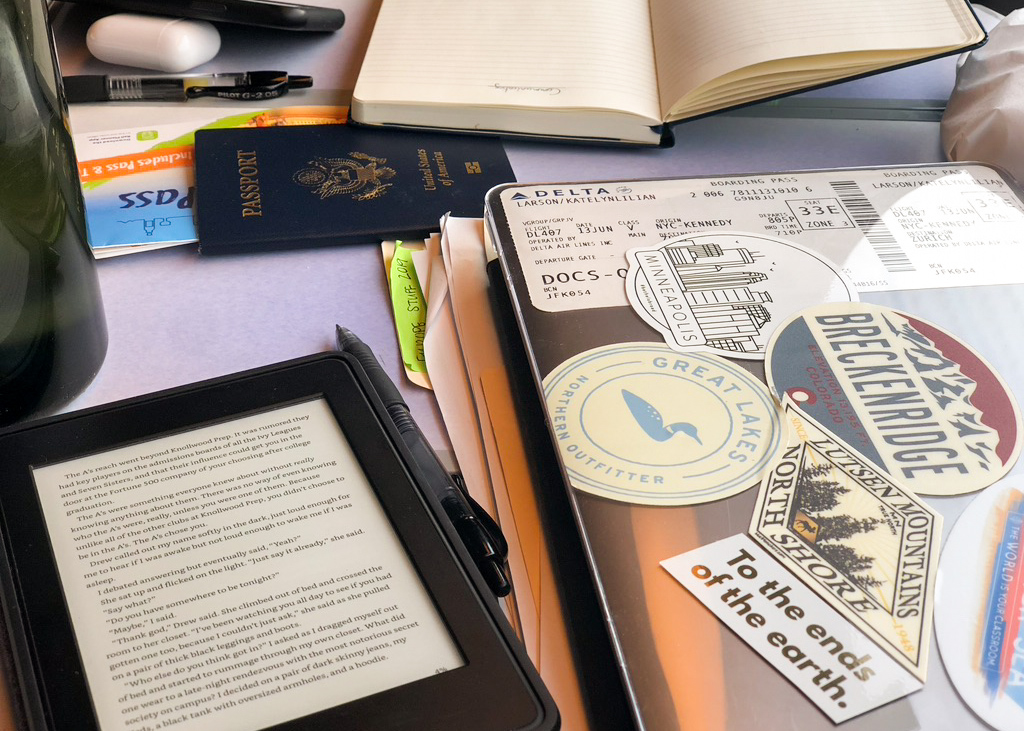
5. Do I have anything major to consider?
For example, if you’re planning an international trip, considering the need to get a passport and visa (if necessary) if you don’t have one. Or other specifications you may have, ie. you are traveling with a baby, mobility needs to be considered, you’re traveling solo or with a large group, etc.
OKAY, now that we have the very basics covered, you should likely have an idea of what you want/need to plan. For example, you’re planning a trip for you and your friends and this is what you decided: driving to Utah to go hiking for 8 days and you want to keep it under $500 per person. Even having that basic of a plan will help you plan so much!

Step 2: Research Yourself and Your Location
This is the point at which I grab a notebook and really just start diving into where I want to go. This is the part that it’s important to know the questions to the answers above and yourself! Again, no use in researching things that don’t make sense for what you’re interested in or the kind of trip your planning.

I usually just sort of information overload myself and write down anything that sounds interesting and any relevant info with it (ie. what it is, where it is, and cost). Here are the best places to look for things:
- Pinterest: searching your location or whatever activities you’re interested in that location, ie. “activities in Moab, Utah” or “3 days in Moab, Utah” (this is the most efficient way to find information relevant to your trip).
- Google: searching similar words or phrases like Pinterest, but it’ll source different articles from magazines or other websites!
- Travel Blog: often this is where you’ll get the most upfront info! Often I Google whatever I’m looking for and add “travel blog” to the end to narrow it down.
- People: don’t discount those around you who may have experience in that place!
- TripAdvisor: a great place for trustworthy and accurate travel reviews and advice!
- Alltrails: if you’re a hiker, I highly recommend Alltrails the online version and the app for finding trails and checking conditions.
At this point, I usually figure out where everything I want to do is by either just looking at a map and the different cities they are in or I’ll map it out. I use Google Maps (like the one below, which is SUPER easy to make) OR I’ll draw it by hand.
The reason I do this is to determine where to stay and if I need a car. Sometimes it saves you money to get a hotel or Airbnb in an area that is more expensive, but that you can walk than it is to get a cheaper hotel and use transportation (ie. Uber or rental car).
Step 3: The Logistics
So now you know where you are going and where exactly you’re going to be, so now it is time for logistics. This means things like finding flights, mapping out routes, finding hotels, and booking excursions.
Some tips when booking:
- Use private windows while looking at flights or hotels.
- Cheapest time to buy plane tickets is 6 weeks before on a Tuesday at 10 pm the location you’re going to. (BONUS if you purchase it with a VPN of the place you’re going).
- If you travel often, there is a benefit from using sites like kayak.com because you earn points in the booking.
- Check out the amenities with Airbnb, sometimes you can get something more unique than a hotel for WAY cheaper!
- If you want to book an excursion do that AFTER all of your other plans are set to be sure. Also, if it’s something you absolutely want to do book it ahead of time so it’s one less worry.
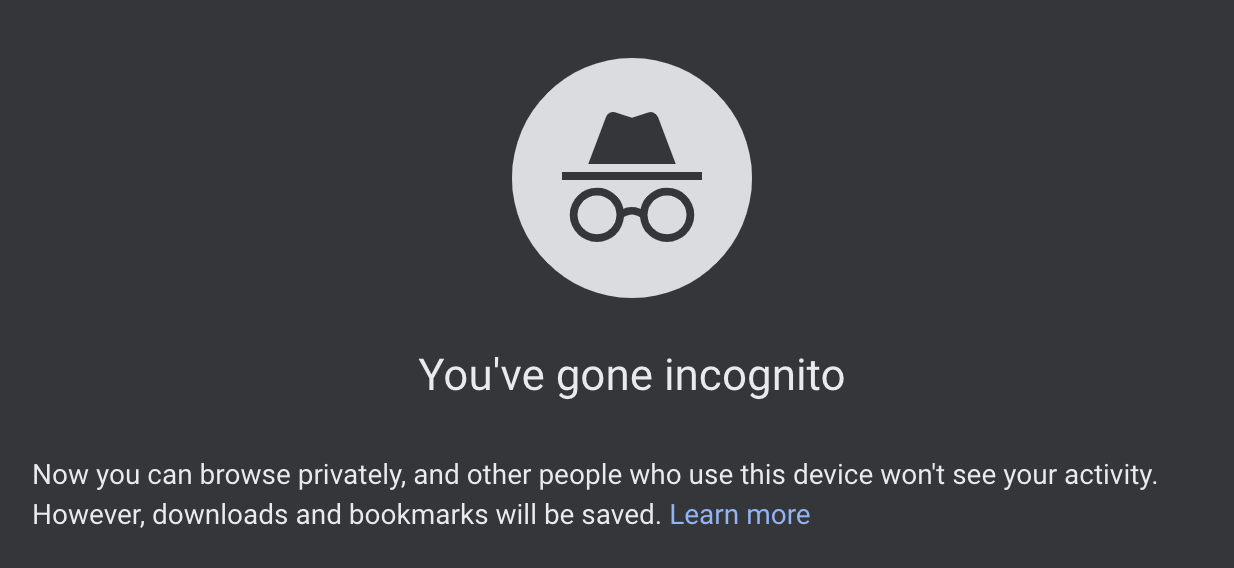
Step 4: More Research
I know I know, you’ve already done a ton of research, but this time it’s more fun. Or at least in my opinion. This is when I look for restaurants I might like, food I need to try, views I need to see, essentially researching the city from the lens of “what do I need to know, see, try, and experience in this city.”

I’ve found some of the best stuff by looking for it before I got there!
Step 5: Putting It All Together
This part (for me) is crucial in staying organized and staying safe. It makes it so nice to send to other people I’m traveling with and to people at home. If anything happens they have all of the flight information, hotel information, and where to likely find us.
Here is how I set up all of my travel itineraries, this one is a blank version. You can find an excel version that you can use HERE.
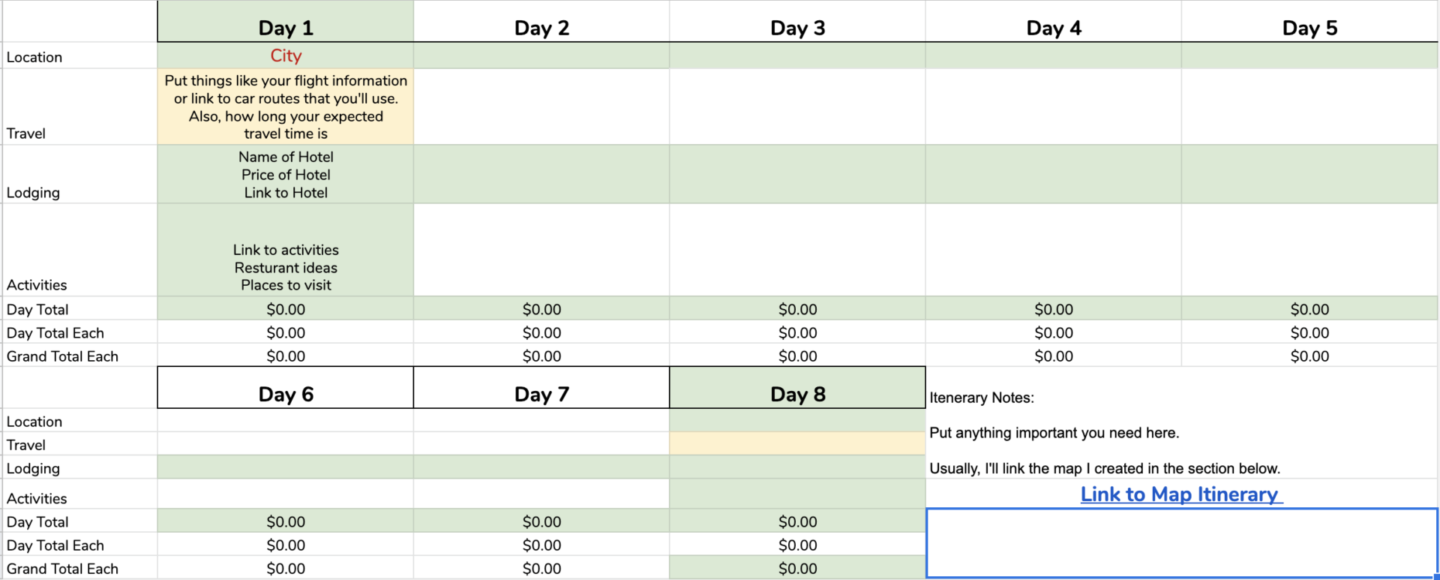
Here is an example of what one looks like filled out, for a Utah Road Trip. Always link anything you can to make it easier later! Also, I add any projected costs into the budget so I know what to expect.

Step 6: DO IT
This obviously is the best part, actually putting your plan into place! Seriously, it’s one of the best feelings to see your work pay off and have things run smoothly. Now go and enjoy yourself, you deserve it!
Don’t forget to let things unfold naturally, some of the best things happen that way!
This is something that I genuinely love doing, but I totally understand people who don’t! Make it as full or as sparse as you like, you know you best! And trust me, you’ll get better at it with time!
If you’re going anywhere cool, leave some inspiration for me (and for each other) down below!
Until our next adventure,
Katelyn

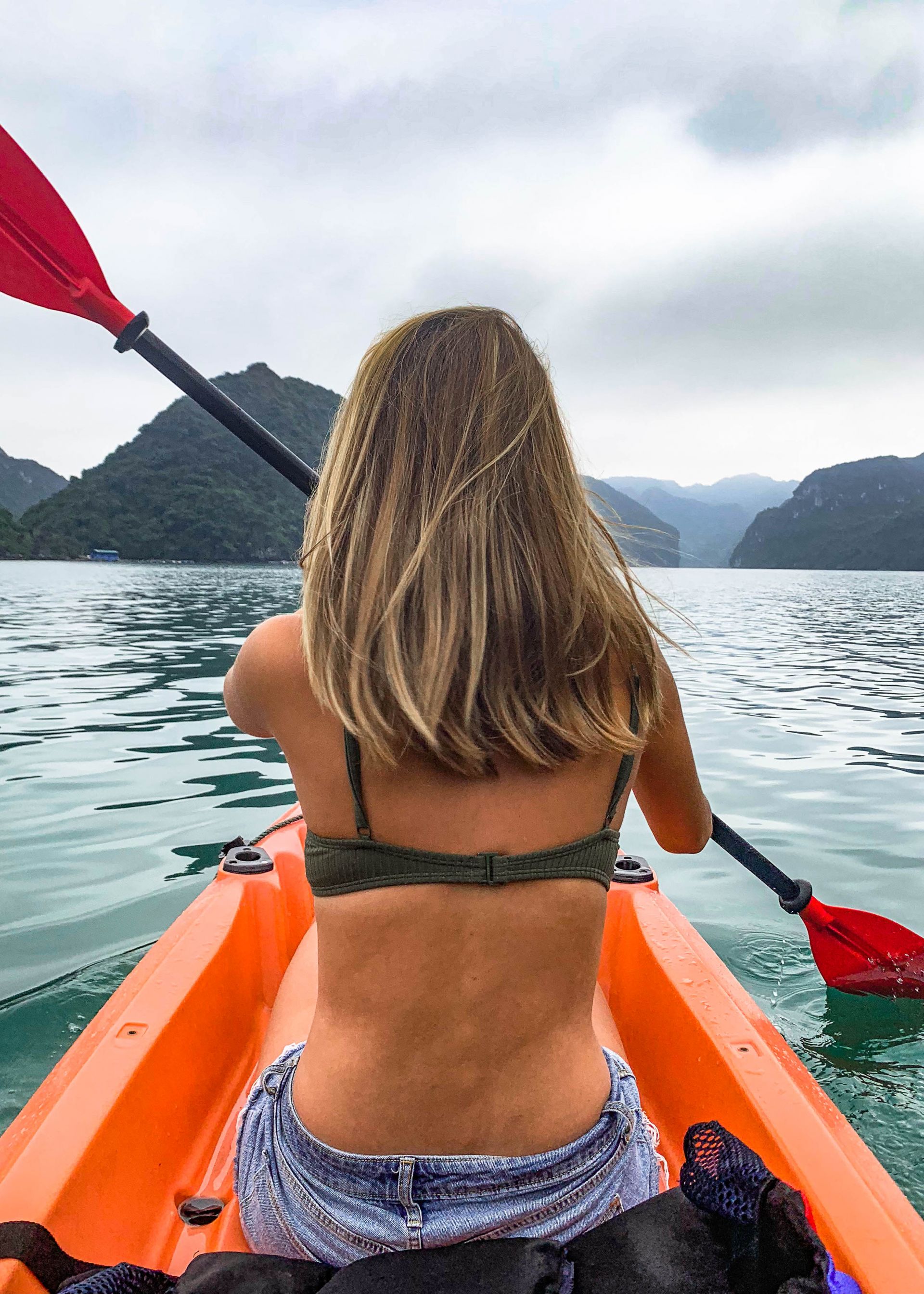
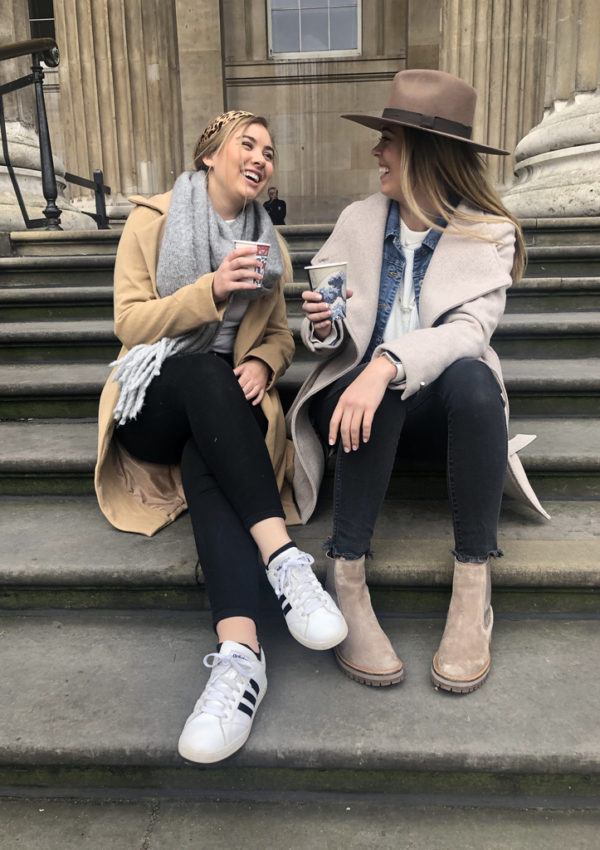
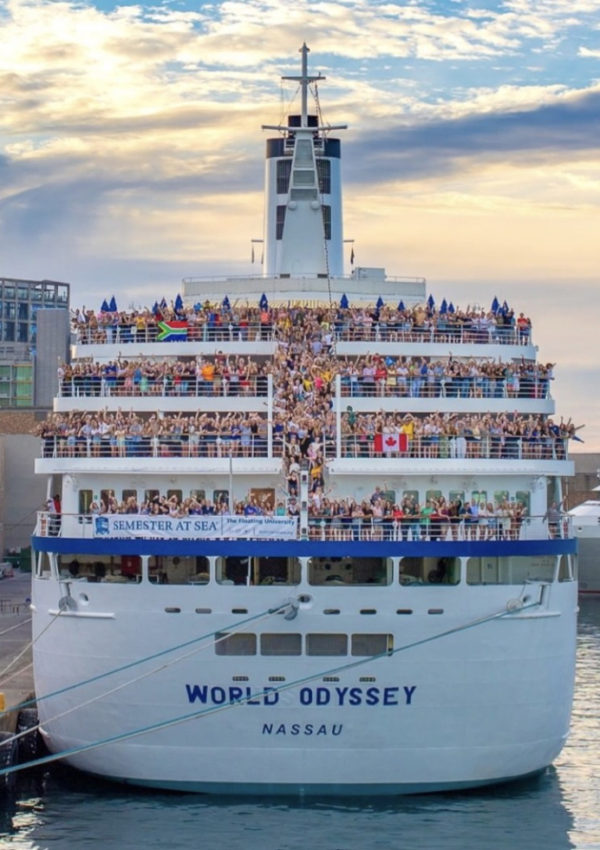


Leave a Reply